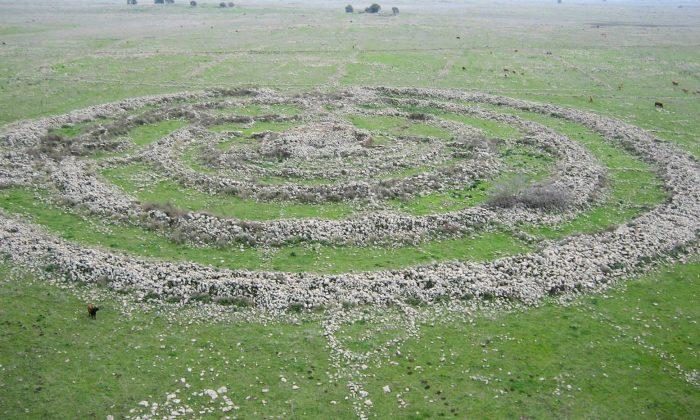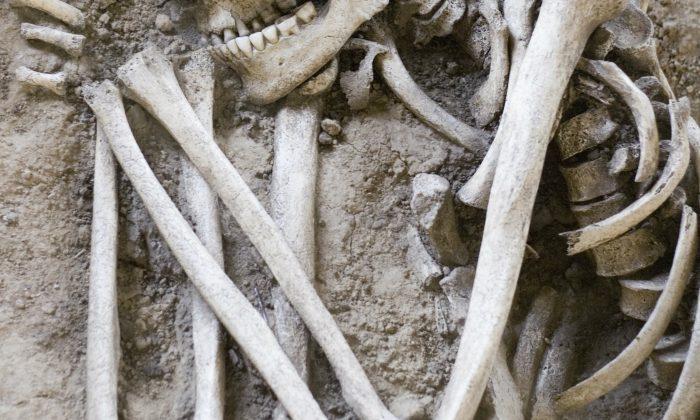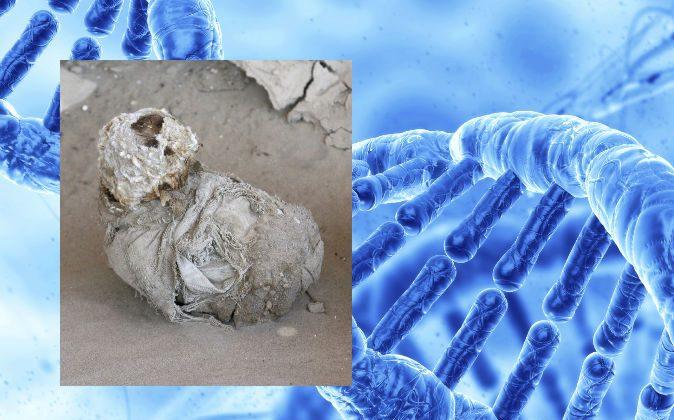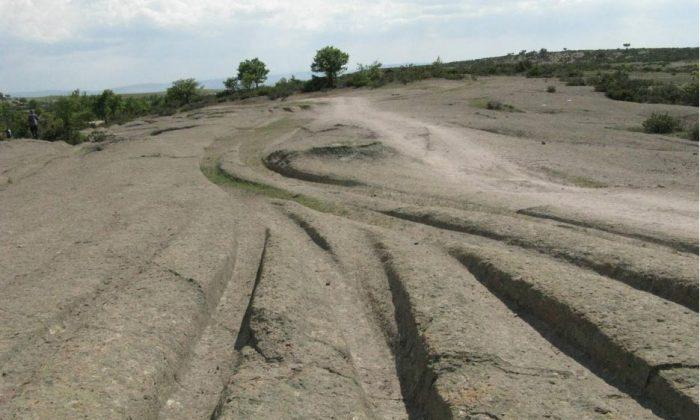What do woolly mammoths, pandas, and John Lennon have in common?
Someone out there wants them cloned. And depending on how quickly science and biotechnology develops, that might come about sooner rather than later.
Cloning is the process of creating an exact genetic replica of an organism. We have cloned animals in the past, but recent discoveries of woolly mammoth mummies have highlighted just how close we are to resurrecting the extinct and the deceased.
A Mammoth Task
Mammoths are notoriously big, and they’re big news in paleontology and archaeology, as better and more complete specimens of these ancient animals are discovered around the planet. Mammoths are even bigger news in the cloning world. As samples of blood and hair are found, and DNA is recovered, the idea of cloning the ancient mammoths becomes a reality - it’s not a question of if, but when. Experts propose genetic experiments to restore many extinct or threatened species like passenger pigeons, the thylacine, pandas, and potentially even dinosaurs. Will we even clone humans one day?
Mammoths were hairy, tusked, elephant-like creatures that roamed the planet from the Pliocene epoch, around 5 million years ago. They lived in North America, Europe, Asia and Africa, until they were almost completely wiped out in a mass extinction 10,000 years ago. Pockets of survivors managed to hold out in isolated areas as recently as 1650 BC before their final extinction. There is still debate about whether humans were responsible for their ultimate demise, but now we are trying to resurrect mammoths via modern cloning techniques.
The best preserved mammoth specimen in the history of paleontology was found in Siberia in 2013. Discovered trapped in the ice on the northern coast of Siberia, the female woolly mammoth was remarkably preserved after she died in a swamp at the age of 50 or 60. Experts recovered the entire body, with her thick coat of hair and appendages intact.
Samples of liquid blood were retrieved from a mammoth site. Researchers suspect the blood may contain a natural anti-freeze. Altogether, hair, soft tissue and bone marrow could provide enough material to bring the mammoth back to life, say scientists.
Resurrection Biotechnology
Vital to the cloning process is the retrieval of a viable, intact cell. At present geneticists are piecing together the genome from fragments of DNA gathered from mammoth carcasses, and are getting closer to achieving their goal. Once they have the cell, they then only require a surrogate mother – most likely a modern female elephant – and one successful gestation later humanity will have taken an historic step in resurrection biotech.
Cloning ancient mammoths, though impressive, is neither the beginning nor end of the science of de-extinction. There have already been successes in cloning of animals.
Dolly the Sheep, born in Scotland in 1996, was famously the world’s first animal to be cloned. This process wasn’t easy, and she was the result of 277 failed attempts. When grown, Dolly mated and had lambs, demonstrating that some cloned animals can reproduce successfully. Though she lived a pampered existence, she only survived six and a half years. Sheep typically live to age 11 or 12.
Indian scientists in Kashmir reportedly cloned a rare Himalayan goat prized for its silky cashmere wool. The hope is cloning will result in mass production of the rare and high-priced wool.
Brazilian scientists, in an attempt to preserve animals in danger of extinction, are engaged in a cloning initiative to save the jaguar and the maned wolf, among others.
Risky Business
De-extinction and cloning is a controversial process. When it comes to animals, critics say that the conservation of habitat is key to saving endangered species, not test tubes and expensive genetic technologies. Some contend that preservation of the species we still have should take priority, in terms of funding. The American Anti-Vivisection Society (AAVS) holds that zoos are misguided in their cloning attempts, and writes that “it is extremely unlikely that cloned animals will ever be released into the wild, since they rely on learning survival skills from their parents and other members of their species—traits that could not be demonstrated by domestic surrogate mothers or other captive animals.” Are clones of genetically ‘wild’ animals doomed to domesticity and cages?
Others worry that a Jurassic Park-style program of resurrecting dead species is risky business. Who wants to reintroduce the threat of man-eating sabre-toothed tigers or velociraptors?
The quest for clones doesn’t end with animals. The science behind cloning humans is restrained by government regulation and global community pressure due to the ethics issues involved. Supporters want to use the technology to assist infertile couples, to re-birth loved ones, or to even grow duplicate organs. One Canadian dentist hopes to clone the late Beatle’s singer John Lennon with the DNA extracted from Lennon’s tooth! Michael Zuk, who obtained the tooth at auction, told The Guardian, “Many Beatles fans remember where they were when they heard John Lennon was shot. I hope they also live to hear the day he was given another chance. […] I am nervous and excited at the possibility that we will be able to fully sequence John Lennon’s DNA. With researchers working on ways to clone mammoths, the same technology certainly could make human cloning a reality.”
The potential that you could be cloned without your knowledge or permission has long been a worrying threat in the science fiction world. How long before it’s reality?
While many are still skeptical of cloning and resurrecting extinct species, the drive to achieve this goal continues. Ongoing projects in Japan and South Korea are attempting to recover the mammoth population.
In support of cloning, activist Stewart Brand spoke at a TED talk, summarizing, “it’s our job to fix what we’ve already broken. In the past 10,000 years, we’ve made a huge hole in nature. It’s our fault that some of these crucial species have been completely wiped out, so we should dedicate our energy to bringing them back.”
One day soon, we may behold the resurrection of mammoths. And after that, John Lennon.




